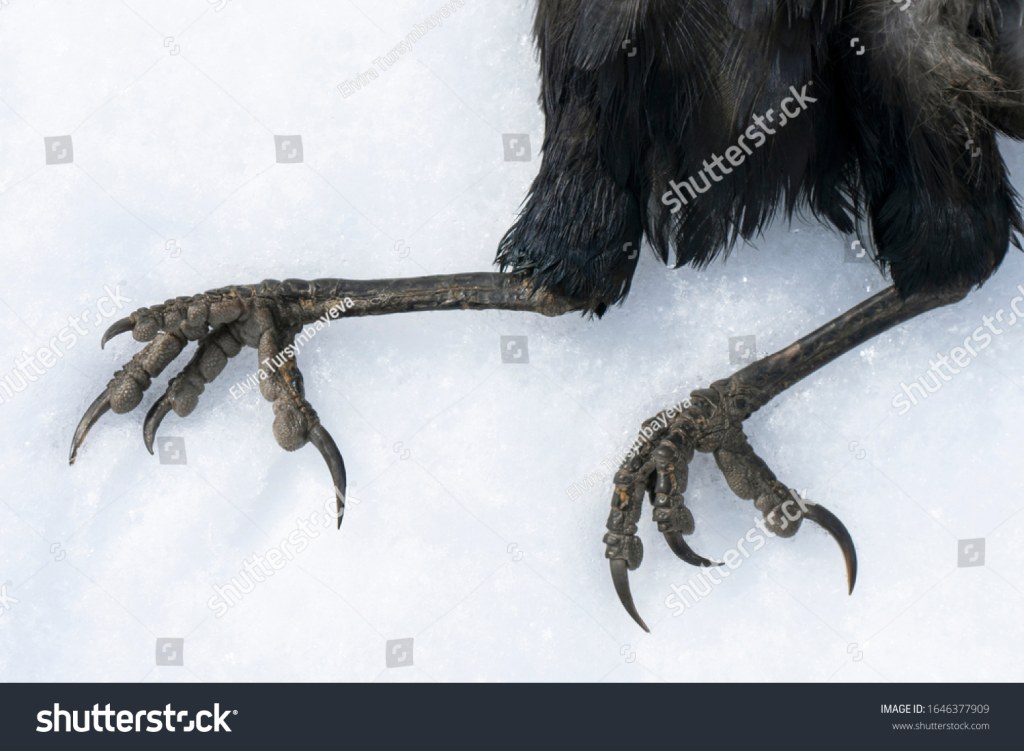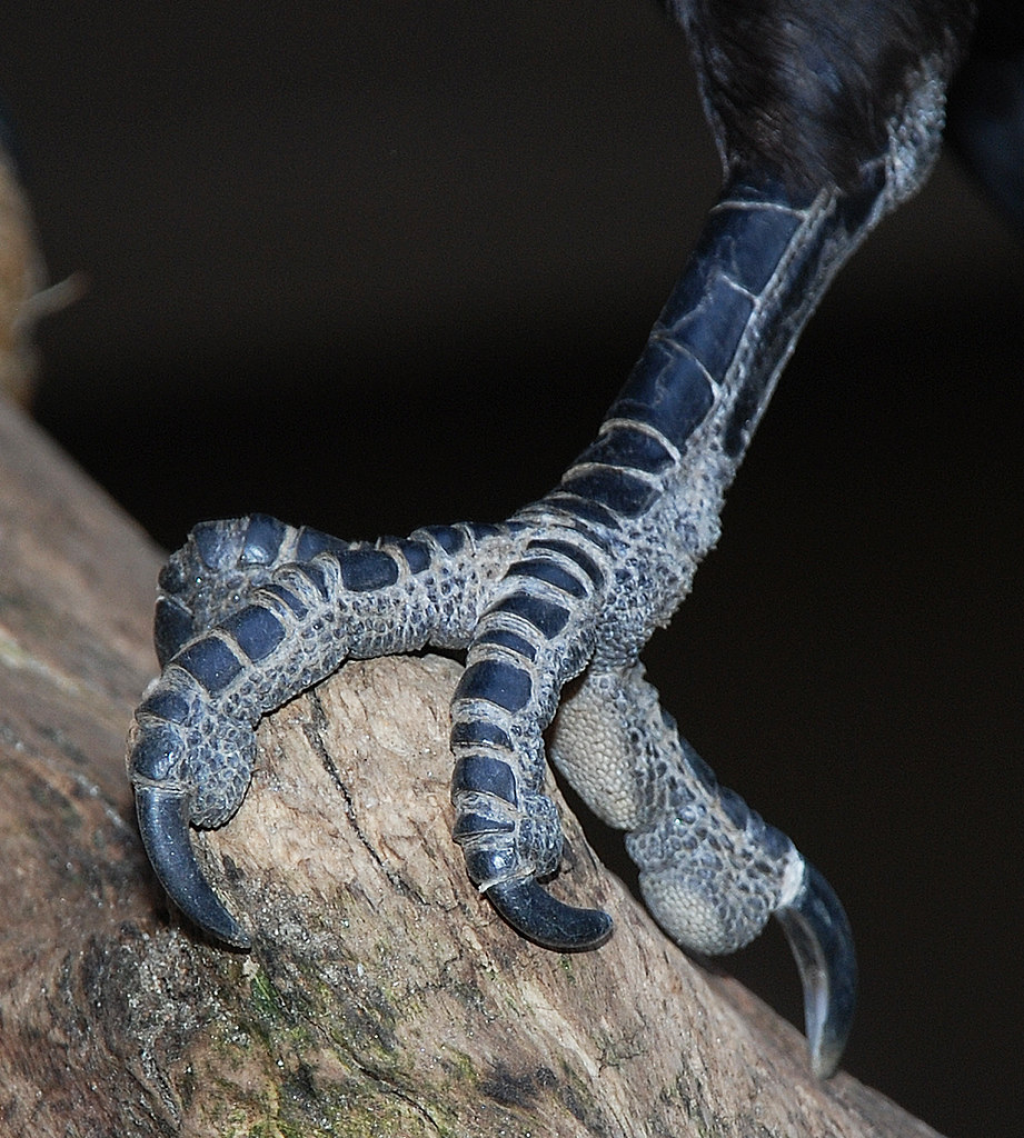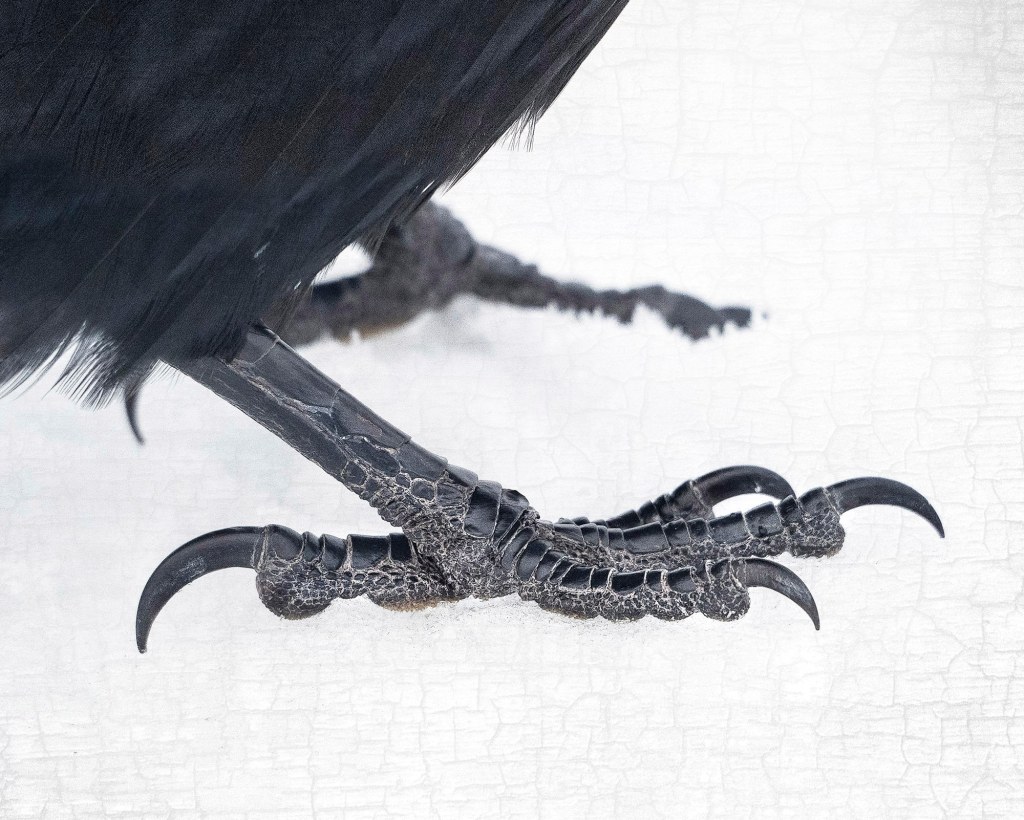Unleash Your Style With The Enigmatic Charm Of Raven Foot: Click Here To Step Into A World Of Elegance
Raven Foot: Unveiling the Mystery of this Enigmatic Creature
Greetings, Raven Enthusiast! Today, we embark on a journey to uncover the secrets of the raven foot. In this article, we will delve into the fascinating world of these elusive creatures and explore the significance of their unique feet. Join us as we unravel the mysteries surrounding the raven foot and discover its importance in the avian realm.
Introduction
Ravens, known for their intelligence and mysterious nature, possess some remarkable characteristics that set them apart from other birds. Among these distinct features is their intricate foot structure, which plays a crucial role in their survival and daily activities.
3 Picture Gallery: Unleash Your Style With The Enigmatic Charm Of Raven Foot: Click Here To Step Into A World Of Elegance



The raven foot, composed of four toes, exhibits exceptional dexterity and strength. Each toe is equipped with sharp talons, enabling these birds to grasp and manipulate objects with precision. This remarkable adaptation allows ravens to thrive in a variety of habitats, from dense forests to urban landscapes.
Throughout history, the raven has been depicted in various mythologies and folklore. Revered for its intelligence and connection to the spiritual realm, this enigmatic creature continues to captivate the minds of both scientists and enthusiasts.

Image Source: shutterstock.com
In this article, we will explore the what, who, when, where, why, and how of the raven foot, shedding light on the significance of this anatomical wonder. Let us dive deeper into the world of ravens and unravel the secrets that lie within their remarkable feet.
What is a Raven Foot?
The raven foot is a complex structure that enables these birds to navigate their surroundings with precision. Comprising four toes, three of which face forward and one that faces backward, this unique adaptation allows ravens to maintain stability and balance while perching or walking on uneven surfaces.
The versatile nature of the raven foot allows it to perform a wide range of functions. From gripping and manipulating objects to providing stability during flight, these remarkable feet play a crucial role in a raven’s daily activities.
The Anatomy of a Raven Foot
At its core, the raven foot consists of bone, muscle, tendons, and ligaments. These components work together seamlessly, providing the necessary strength and flexibility that ravens require for their diverse array of movements.

Image Source: pinimg.com
The primary toe, known as the hallux, is positioned at the back of the foot and faces backward. This toe acts as a pivot point, providing stability and balance while perching on branches or rocky surfaces.
The other three toes are positioned at the front of the foot and face forward. These toes, known as digits, are equipped with sharp talons that allow ravens to grip and manipulate objects effectively. The flexibility of these toes enables ravens to adapt to various perch sizes and shapes with ease.
Furthermore, the tendons and ligaments in a raven’s foot are exceptionally strong, providing the necessary support and stability for their agile movements. These robust structures allow ravens to exert considerable force when grasping objects, such as prey or nesting materials.
The raven foot’s unique anatomy showcases the evolutionary adaptations that have enabled these birds to thrive in a wide range of environments. Let us now explore the significance of the raven foot and its implications.
Who Possesses the Raven Foot?

Image Source: etsystatic.com
Ravens, belonging to the Corvus genus, are widely distributed across the Northern Hemisphere, spanning continents such as North America, Europe, Asia, and North Africa. With their striking black plumage and majestic appearance, ravens have captured the fascination of cultures worldwide.
Known for their intelligence and ability to solve complex puzzles, ravens have long been associated with mystical and symbolic representations. In many cultures, these birds are revered as messengers, wisdom-bearers, and even omens of good or ill fortune.
The Cultural Significance of the Raven Foot
The raven and its foot have played significant roles in mythology and folklore throughout the ages. In Norse mythology, Odin, the king of the gods, had two ravens, Huginn and Muninn, perched on his shoulders. These ravens would fly across the world and bring back information to Odin, symbolizing their role as all-seeing messengers.
Similarly, Native American tribes have held the raven in high regard, associating it with creation, transformation, and trickster qualities. The raven foot, with its unique structure, has fascinated indigenous cultures, becoming an emblem of wisdom and adaptability.
As we navigate through the various dimensions of the raven foot, it is essential to acknowledge the cultural significance and reverence associated with this remarkable avian adaptation.
When and Where Can Raven Feet Be Found?
Raven feet can be found wherever these birds reside, which encompasses a wide range of ecosystems and habitats. Ravens are highly adaptable and can thrive in diverse environments, from dense forests and mountains to coastal areas and even urban landscapes.
In North America, common ravens (Corvus corax) are prevalent throughout the continent, inhabiting both natural and human-modified environments. These intelligent birds have adapted well to urbanization, often establishing their nests on tall buildings and utilizing man-made structures to their advantage.
Similarly, in Europe and Asia, ravens can be found in various habitats, including woodlands, mountains, and coastal regions. These birds are known for their ability to scavenge and exploit available food sources, making them highly adaptable and successful in a wide range of environments.
Now that we have explored the where and the when of raven feet, it is time to delve into the why and the how of this fascinating anatomical adaptation.
Why Do Ravens Have Unique Feet?
The unique feet of ravens are a testament to their evolutionary success and adaptability. These birds have developed specialized feet to fulfill specific ecological niches and exploit available resources.
One key reason behind the unique feet is the need for stability and balance while perching. The backward-facing hallux provides a stable base, allowing ravens to grip branches or rocky surfaces securely. This adaptation enables them to maintain balance, especially when wind conditions are unfavorable or during complex aerial maneuvers.
Additio…
This post topic: Raven



